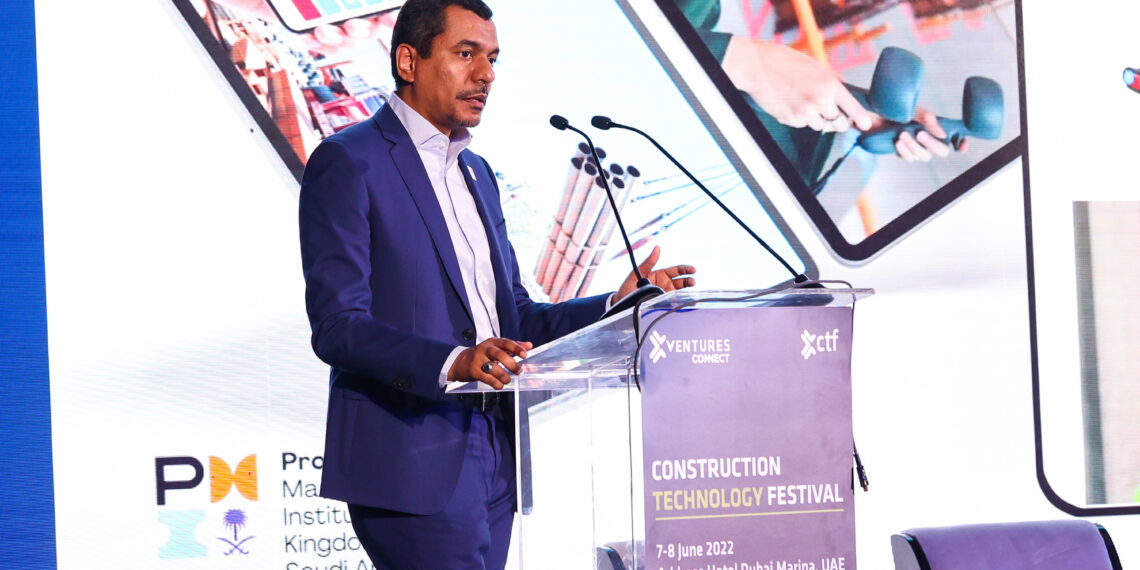Not all digital technologies will work as expected. Integrating different technologies is a risk, and typically takes a lot of manpower to monitor project performance and KPIs.
Human interpretation is then a major factor in the success and the decision making that happens with a project. This makes accurate decision-making less reliable, because people do make mistakes.
Moving to digital technologies such as blockchain, virtual reality, drones, digital twins and so on will minimise mistakes, and make operations semi-automatic, explained Badr Burshaid, Director, Saudi Aramco, President, Project Management Institute, Saudi Arabia. “The most important thing is having it all speak to each other,” he said.
This approach gives people more confidence about the accuracy of data being produced, makes its collections and analysis more efficient and through technologies such as artificial intelligence, improves onsite safety.
Burshaid highlighted the benefits from digital helmets, which allowed for remote inspection of materials, cut travel time and costs and allowed for a seamless connection with a construction site.
Ensuring that a digital technology can be used across different projects bring huge benefits, including cost savings. He highlighted a saving of $1m through this approach. “When we deploy any technology I always insist on what is the added value of that technology, because if it works in one project, I can deploy [it] to all.”















